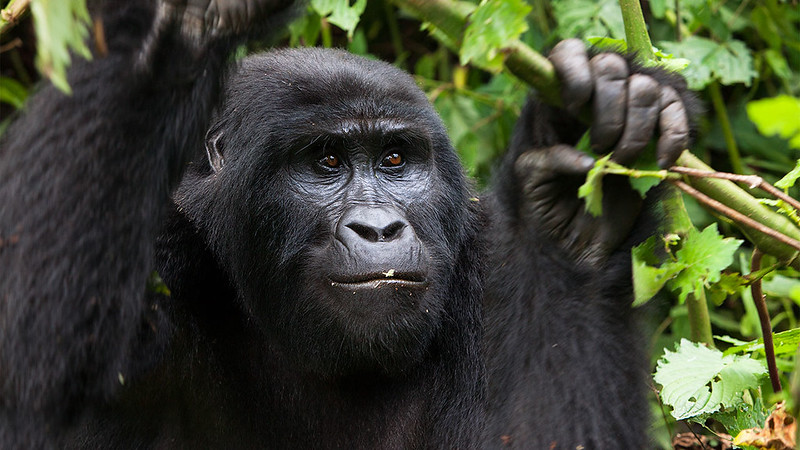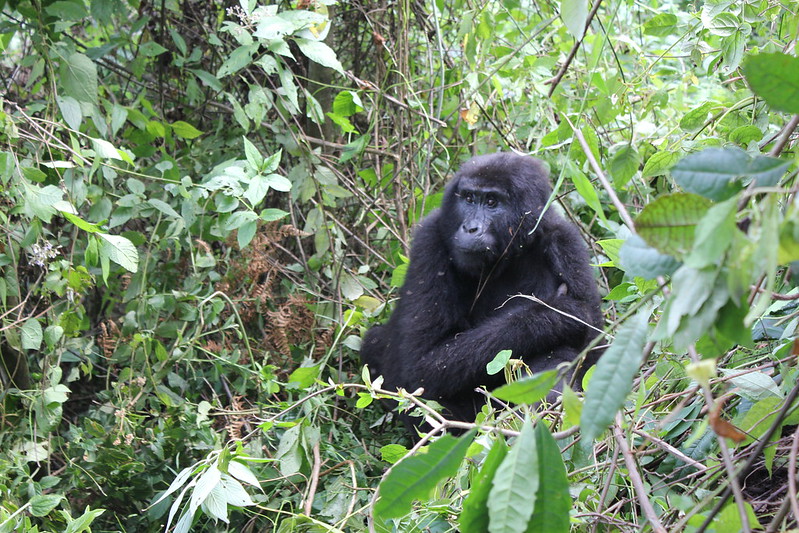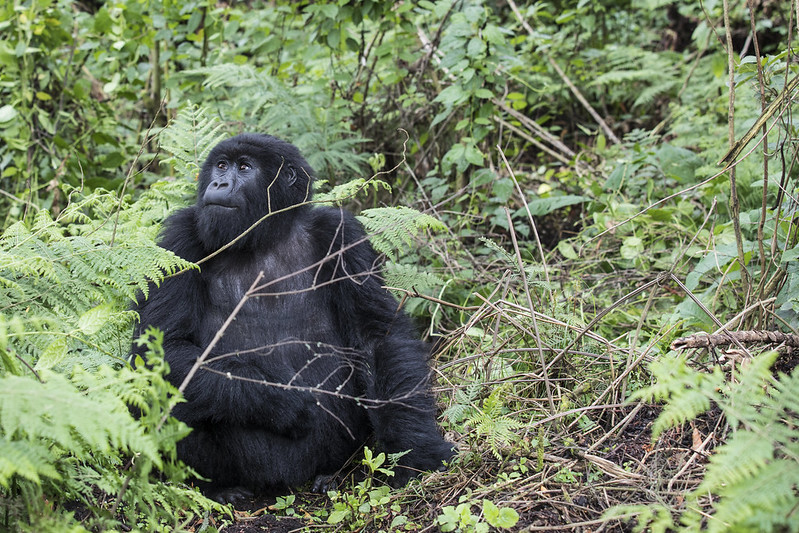
A complete guide to gorilla trekking in Uganda
A complete guide to gorilla trekking in Uganda.
A comprehensive guide to gorilla trekking in Uganda A fascinating and unique sport, gorilla trekking entails travelers walking through the tropical rainforest in search of habituated mountain gorillas and spending an hour with them in their natural habitat. One of the most well-liked travel destinations in Uganda is gorilla trekking, which is carried out in two national parks: Mgahinga Gorilla National Park, which is situated in the southwest, and Bwindi Impenetrable National Park, which is home to the greatest number of gorillas.
A comprehensive guide to gorilla trekking in Uganda should be followed in order to have a good gorilla trekking expedition. In addition to Uganda, gorilla trekking is also conducted in the Democratic Republic of the Congo’s Kahuzi Biega National Park, Rwanda’s Volcanoes National Park, and the Virunga National Park. A comprehensive guide on gorilla trekking in Uganda can be found below.
Ugandan gorilla hiking experience
While Bwindi Impenetrable National Park is home to over 22 habituated gorilla families spread across four sectors—Rushaga in the south, Buhoma in the north, Nkuringo in the south, and Ruhija in the east—Mgahinga Gorilla National Park is home to just one habituated gorilla family. Gorilla trekking in both Mgahinga Gorilla National Park and Bwindi Impenetrable National Park begins at around 8:00 am with a briefing on the guidelines to be followed during the walk.
Following the briefing, you will be split up into groups of eight, each of which will be assigned a habituated gorilla family to travel with and a knowledgeable park guide who is familiar with the jungle’s routes. Because mountain gorillas prefer to roam around in search of food, trekking with them in Uganda might take anywhere from two to seven hours, depending on their location.
You can see other primate species, birds, plants, and trees while trekking. After you locate the mountain gorillas, you will be able to spend an hour with them in their natural habitat, where you can observe their daily activities, learn more about their habits, take pictures, and document the stunning moments to share with people back home.

The price of Ugandan gorilla trekking permits
In Bwindi Impenetrable National Park and Mgahinga Gorilla National Park, gorilla trekking licenses are 800 USD per person for non-resident foreigners, 700 USD per person for locals, and 300,000 UGX per person for inhabitants of East Africa.
How to reserve permits for gorilla trekking in Uganda
Through Experiya Tour Company, a reputable tour operator, you may reserve gorilla trekking permits in Bwindi Impenetrable National Park and Mgahinga Gorilla National Park. Simply contact us with the date, month, year, and gorilla destination you want to visit.
After getting in touch with us, we will check with the Uganda Wildlife Authority (UWA) to see if any permits are available. If so, you will be required to pay a deposit. We may buy the gorilla trekking permit on your behalf as soon as the payment is received, and we’ll email you a scanned copy of the receipt as proof.
The ideal time of year to visit Uganda for gorilla trekking
Since there is less or no rainfall in the national parks during the dry season (June, July, August, September, December, January, and February), access roads and gorilla trekking trails will be passable, making trekking easier than during the rainy season when the trekking trails are muddy and slippery, making gorilla trekking challenging. However, gorilla trekking in Bwindi Impenetrable National Park and Mgahinga Gorilla National Park can be done year-round.
Things to bring on your Ugandan gorilla trekking expedition
Insect repellent, hiking shoes, long-sleeved shirts and trousers, garden gloves, a waterproof rain jacket or poncho, energy snacks and drinking water, a camera and extra batteries, face masks, a warm sweater, a pair of binoculars, a walking stick, a hat and sunglasses, and a backpack are just a few of the essentials that travelers should bring with them on a gorilla trekking safari in Uganda.
Accommodations for your gorilla trekking expedition
You can stay in a variety of lodging options on your safari in Mgahinga Gorilla National Park and Bwindi Impenetrable National Park. Buhoma Lodge, Buhoma Haven Lodge, Gorilla Leisure Lodge, Four Gorillas Lodge, Rushaga Gorilla Lodge, Rushaga Gorilla Haven Lodge, Volcanoes Bwindi Lodge, Ruhija Community Rest Camp, Ruhija Gorilla Mist Camp, Bakiga Lodge, Nkuringo Bwindi Gorilla Lodge, Buhoma Community Rest Camp, Sanctuary Gorilla Forest Camp, Gorilla Safari Lodge, Trackers Safari Lodge, Gorilla Valley Lodge, Gorilla Closeup Lodge, Clouds Mountain Gorilla Lodge, Kiho Gorilla Safari Lodge, Chameleon Hill Lodge, Rafiki Safari Lodge, Gorilla Heights Lodge, Ichumbi Gorilla Lodge, Mutanda Lake Resort, Silverback Lodge, Lake Mulehe Lodge, Lake Chahafi Resort, Bwindi View Lodge, Gorilla Bluff Lodge, Mahogany Springs Lodge, Nshongi Camp, Engagi Lodge, Gahinga Lodge, Ruhija Safari Lodge, and Bweza Lodge are just a few of the affordable, midrange, and luxury lodging options.
How to travel to the locations for gorilla trekking
Both Mgahinga Gorilla National Park and Bwindi Impenetrable National Park are in the southwest region of Uganda and are accessible by air. To get there, you can schedule domestic or charter flights with Aerolink Uganda from Entebbe International Airport to Kihihi or Kisoro airstrips, and then take a road connection to either Mgahinga Gorilla National Park or Bwindi Impenetrable National Park.
Road transportation is another way to reach Bwindi Impenetrable National Park and Mgahinga Gorilla National Park. From Kampala/Entebbe, you will travel through Masaka, Mbarara, and Kabale before arriving at the park headquarters, which takes nine to ten hours in a safari vehicle.
It is also possible to reach Bwindi Impenetrable National Park and Mgahinga Gorilla National Park from Kigali, Rwanda. To get there, travelers must fly to Kigali International Airport and then use the Katuna border in Kabale or the Cyanika border in Kisoro, which is a 4- to 5-hour drive away.


